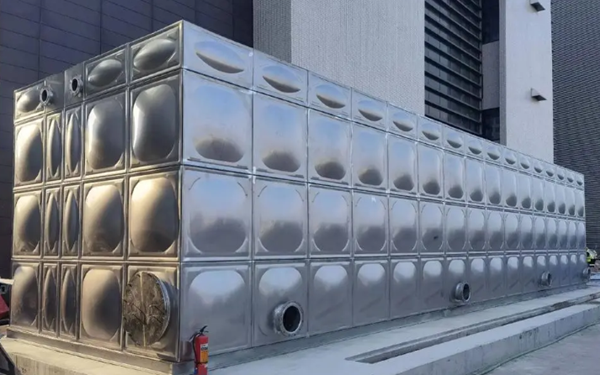In modern building safety management, fire water tanks are important emergency water sources, and accurate monitoring of their liquid levels is crucial to ensuring water supply during fires.
This article briefly analyzes whether radar level meters are suitable for measuring the liquid level of fire water tanks, introduces their characteristics, and illustrates their application effects through measurement cases.

Fire water tanks are usually located at a higher position in the building so that water can be delivered by gravity for fire fighting. These water tanks are designed to meet the requirements of rapid and large-scale water supply, so they often have large capacity and specific shapes (such as round or rectangular).
Due to the long-term storage of large amounts of water, the water quality in the fire water tank may change, and sediments or floating objects may appear, which will affect the accuracy of liquid level measurement.
Radar level meters measure distance by emitting microwave signals and receiving their reflected waves, and then calculate the liquid level height.
This technology is not affected by the color, temperature, density, corrosiveness and sediment of the medium, and is suitable for liquid level monitoring in complex environments.
Its non-contact measurement method avoids direct contact between the equipment and the liquid, reducing maintenance costs and failure rates.

In the fire safety system of a large commercial complex, a radar level gauge is used to monitor the rooftop fire water tank in real time. The water tank is rectangular in design and has a capacity of 500 cubic meters.
It is mainly used for emergency water supply in case of fire. Due to the floating objects and sediment layers that may exist inside the water tank, it is difficult for traditional float or pressure level gauges to provide accurate readings.
After installing the radar level gauge, technicians calibrated it to ensure measurement accuracy.
In the following months, the system successfully monitored the water level changes in several fire drills and proved its reliability in practical applications.
The data showed that the radar level gauge can accurately reflect the slight changes in the water level in the water tank and maintain stable performance even in extreme weather conditions.

In summary, radar level meter is very suitable for fire water tank level monitoring due to its high accuracy, good stability and non-contact measurement.
Actual cases show that radar level meter can provide reliable data support in such applications, which helps to improve the response efficiency and safety of fire protection system.
Therefore, it can be concluded that radar level meter is an ideal choice for measuring fire water tank level.
